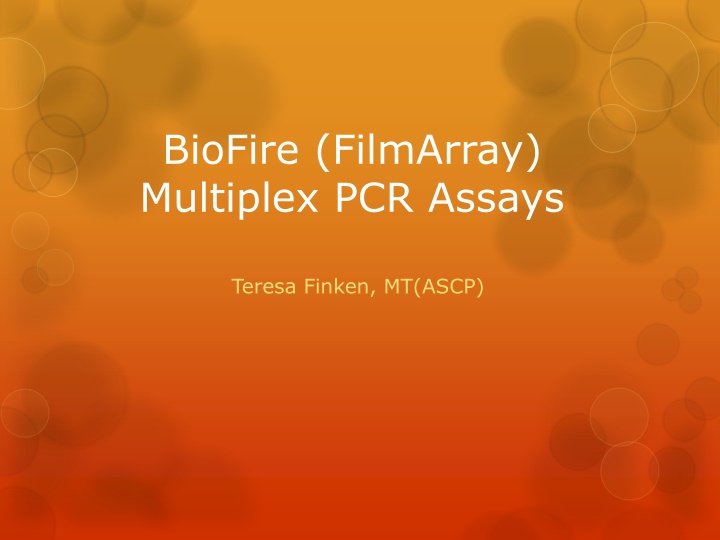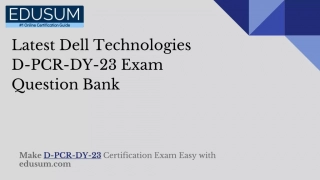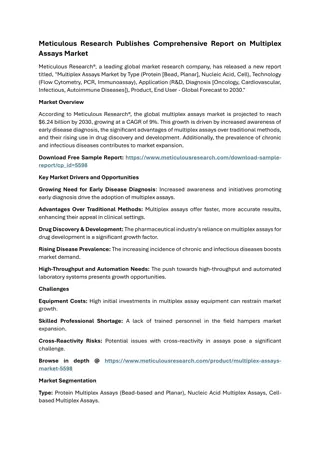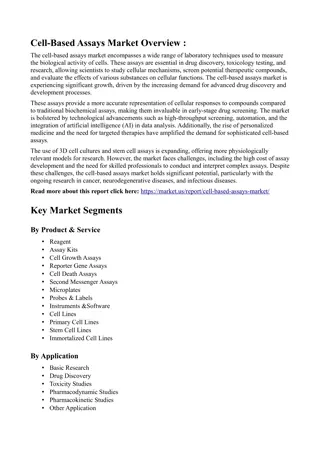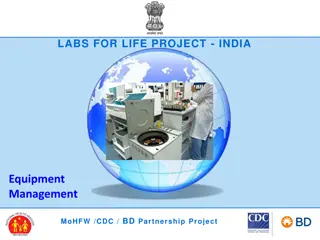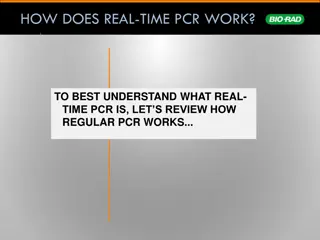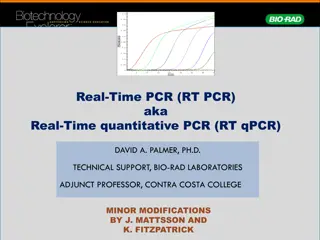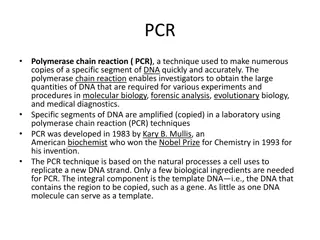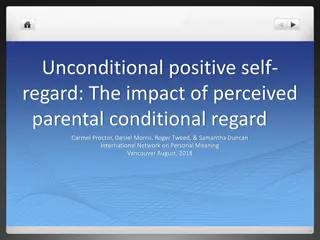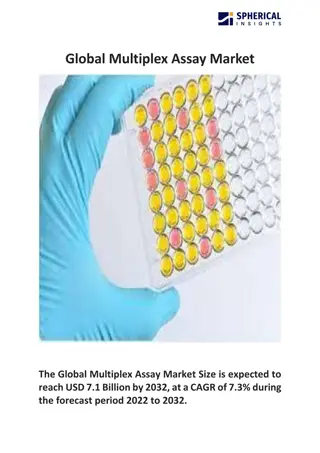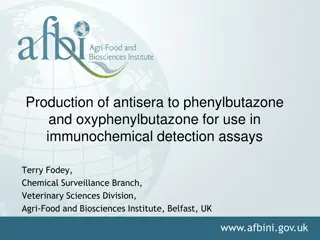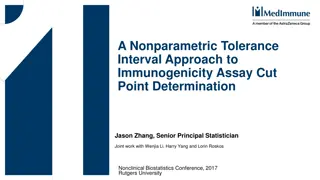BioFire FilmArray Multiplex PCR Assays Overview
BioFire FilmArray offers multiplex PCR assays for respiratory viruses, blood culture identification, and gastrointestinal pathogens. The methodology involves real-time PCR, providing fast turnaround times and multiple results from a single sample.
Download Presentation

Please find below an Image/Link to download the presentation.
The content on the website is provided AS IS for your information and personal use only. It may not be sold, licensed, or shared on other websites without obtaining consent from the author.If you encounter any issues during the download, it is possible that the publisher has removed the file from their server.
You are allowed to download the files provided on this website for personal or commercial use, subject to the condition that they are used lawfully. All files are the property of their respective owners.
The content on the website is provided AS IS for your information and personal use only. It may not be sold, licensed, or shared on other websites without obtaining consent from the author.
E N D
Presentation Transcript
BioFire (FilmArray) Multiplex PCR Assays Teresa Finken, MT(ASCP)
Panels Available Respiratory Viral Panel Blood Culture Identification Panel Gastrointestinal Panel
Methodology Multiplex Real-Time PCR Assay These panels test for multiple targets simultaneously This methodology is real-time PCR meaning that it amplifies and detects at the same time
What does this Mean to You? One sample One test Multiple results 1.5-hr turnaround time
Respiratory Viral Panel Targets Viruses Adenovirus Coronavirus HKU1 Coronavirus NL63 Coronavirus 229E Coronavirus OC43 Human Metapneumovirus Human Rhinovirus/Enterovirus Influenza A Influenza A/H1 Influenza A/H1-2009 Influenza A/H3tapneumovirus Influenza B Parainfluenza 1 Parainfluenza 2 Parainfluenza 3 Parainfluenza 4 Respiratory Syncytial Virus Bacteria Bordetella pertussis Chlamydophila pneumoniae Mycoplasma pneumoniae
Blood Culture Id Panel Targets Gram + Bacteria Gram Bacteria Enterococcus Acinetobacter baumannii Listeria monocytogenes Haemophilus influenzae Staphylococcus Neisseria meningitidis Staphylococcus aureus Pseudomonas aeruginosa Streptococcus Enterobacteriaceae Streptococcus agalactiae Enterobacter cloacae complex Streptococcus pyogenes Escherichia coli Streptococcus pneumoniae Yeast Klebsiella oxytoca Klebsiella pneumoniae Candida albicans Proteus Candida glabrata Serratia marcescens Candida krusei Candida parapsilosis Candida tropicalis Antibiotic Resistance mecA - methicillin resistant vanA/B - vancomycin resistant KPC - carbapenem resistant
Gastrointestinal Panel Targets Bacteria Viruses Campylobacter (jejuni, coli and upsaliensis) Adenovirus F 40/41 Astrovirus Clostridium difficile (toxin A/B) Norovirus GI/GII Plesiomonas shigelloides Rotavirus A Salmonella Sapovirus (I, II, IV and V) Yersinia enterocolitica Vibrio (parahaemolyticus, vulnificus and cholerae) Parasites Vibrio cholerae Cryptosporidium Diarrheagenic E. coli/Shigella Cyclospora cayetanensis Enteroaggregative E. coli (EAEC) Entamoeba histolytica Enteropathogenic E. coli (EPEC) Giardia lamblia Enterotoxigenic E. coli (ETEC) lt/st Shiga-like toxin-producing E. coli (STEC) stx1/stx2 E. coli O157 Shigella/Enteroinvasive E. coli (EIEC)
Sample Requirements Respiratory Viral Panel Blood Culture ID Panel Nasal Wash o o Blood culture bottle that has been flagged positive by the Bacti Alert or Versatrek Analyzers Nasal Swab o o Sputum Respiratory specimen in Viral Transport Medium o Gastrointestinal Panel Raw stool to be transferred to ETM o Stool in ETM o
Positive Results Since Implementaion These are just a few Limited exposure to potentially hazardous bacterial isolates in blood cultures Faster treatment and more guided treatment of patients at the point of entry and after admission Quick diagnosis Faster antimicrobial therapy implementation to speed recovery and reduce morbidity Admitting a patient versus not admitting a patient
